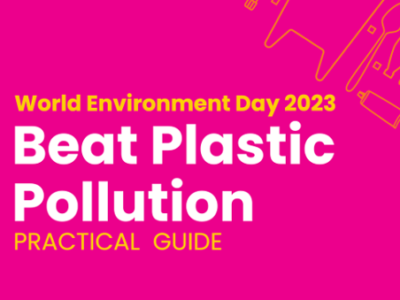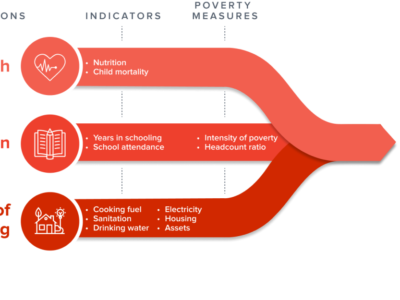During the event, Presidential Public Affairs Forum organised to enable key ministers to showcase to the public some of the major achievements by the President Goodluck Jonathan administration over the last three and a half years, the Minister of Water Resources, Sarah Ochekpe, took participants through the journey of her ministry so far, concluding that it had been an impressive performance as the transformation agenda of the administration in the water sector focused on the provision of sustainable access to safe and sufficient water to meet the social and economic needs of all Nigerians.
She maintained that the major aim of the roadmap in the sector was to achieve the vision 20:2020 targets as set up in the Millennium Development Goals (MDGs) and Africa Water Vision in 2025. She stated that out of 37 completed dams, 16 are with hydropower potential capable of generating 135.15 megawatts of electricity have recorded 87 percent completion.
She added that through irrigation facilities, the government had supported food security programme with 3,013,296 metric tonnes of assorted food and cash crops valued at over N45.0 billion. Access to drinkable water had increased to 29 percent, while sanitation moved from 32 percent to 41 percent under the recent national assessment. The ministry, according to her, has provided a total of 4,940 water supply facilities nationwide from 2010 to date, of which 4,099 newly constructed, mostly rural facilities and 143 rehabilitated facilities had been completed nationwide, while work on 698 water supply projects is currently ongoing in many states.
Ochekpe also said the government had rehabilitated existing water facilities nationwide and new ones completed, increased the total installed capacities of the completed water facilities to 1.9 million cubic metres per day. This, she believed, was capable of meeting the water demand of about 30 million people, especially those living in rural areas and small towns.





